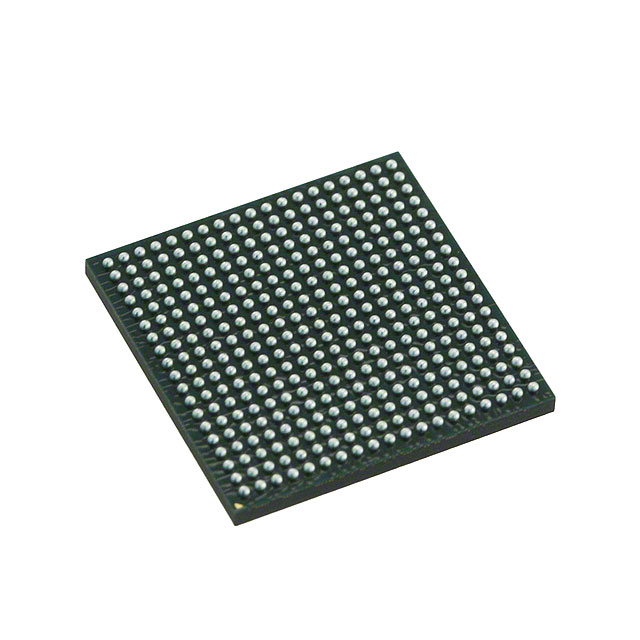TMS320C6748BZCEA3
High-performance fixed and floating-point digital signal processors
Manufacturer: ti
series introduction
# Introduction to the TMS320C6748BZCEA3 Product Series
## 1. Overview
The TMS320C6748BZCEA3 belongs to Texas Instruments' TMS320C674x family of digital signal processors (DSPs). These processors are designed to offer high - performance, low - power solutions for a wide range of applications, from industrial control and automation to audio and video processing.
## 2. Key Features
### 2.1 Processing Power
- **High - Speed CPU**: The TMS320C6748BZCEA3 is equipped with a C674x floating - point DSP core. It can operate at a clock speed of up to 300 MHz, providing a significant amount of processing power. This high clock speed enables it to handle complex algorithms and real - time data processing tasks efficiently.
- **Floating - Point Unit**: The floating - point unit (FPU) allows for accurate and high - precision calculations. It is particularly useful in applications such as scientific research, medical imaging, and audio processing, where floating - point arithmetic is essential for maintaining data accuracy.
### 2.2 Memory
- **On - Chip Memory**: It has a generous amount of on - chip memory, including 32 KB of L1P (Level 1 Program) memory, 32 KB of L1D (Level 1 Data) memory, and 256 KB of L2 (Level 2) memory. The on - chip memory reduces the need for external memory access, which in turn improves the overall processing speed and reduces power consumption.
- **External Memory Interface**: The processor also features an external memory interface (EMIF), which supports various types of external memories such as SDRAM, DDR SDRAM, and flash memory. This allows for easy expansion of the system's memory capacity to meet the requirements of different applications.
### 2.3 Peripherals
- **UART (Universal Asynchronous Receiver - Transmitter)**: Multiple UART interfaces are available, which are commonly used for serial communication with other devices such as sensors, actuators, and communication modules. They support a wide range of baud rates, making them suitable for different communication requirements.
- **SPI (Serial Peripheral Interface)**: The SPI interface enables high - speed serial communication between the DSP and other SPI - compatible devices. It is often used for connecting external sensors, displays, and memory chips.
- **I2C (Inter - Integrated Circuit)**: The I2C interface provides a simple and efficient way to communicate with a variety of I2C - enabled devices, such as temperature sensors, EEPROMs, and other low - speed peripherals.
- **USB (Universal Serial Bus)**: The USB interface allows for easy connection to a host computer or other USB - enabled devices. It supports both high - speed and full - speed USB communication, enabling fast data transfer and device connectivity.
### 2.4 Power Management
- **Low - Power Modes**: The TMS320C6748BZCEA3 offers several low - power modes, including idle mode and standby mode. In idle mode, the CPU is halted while the peripherals can continue to operate, reducing power consumption without losing data. Standby mode further reduces power consumption by shutting down most of the internal circuits, and the device can be quickly awakened when needed.
## 3. Applications
### 3.1 Industrial Automation
- **Motor Control**: The high - performance processing capabilities of the TMS320C6748BZCEA3 make it suitable for motor control applications. It can implement advanced control algorithms such as field - oriented control (FOC) to achieve precise control
Images for reference

361-NFBGA

Image Preview

Image Preview